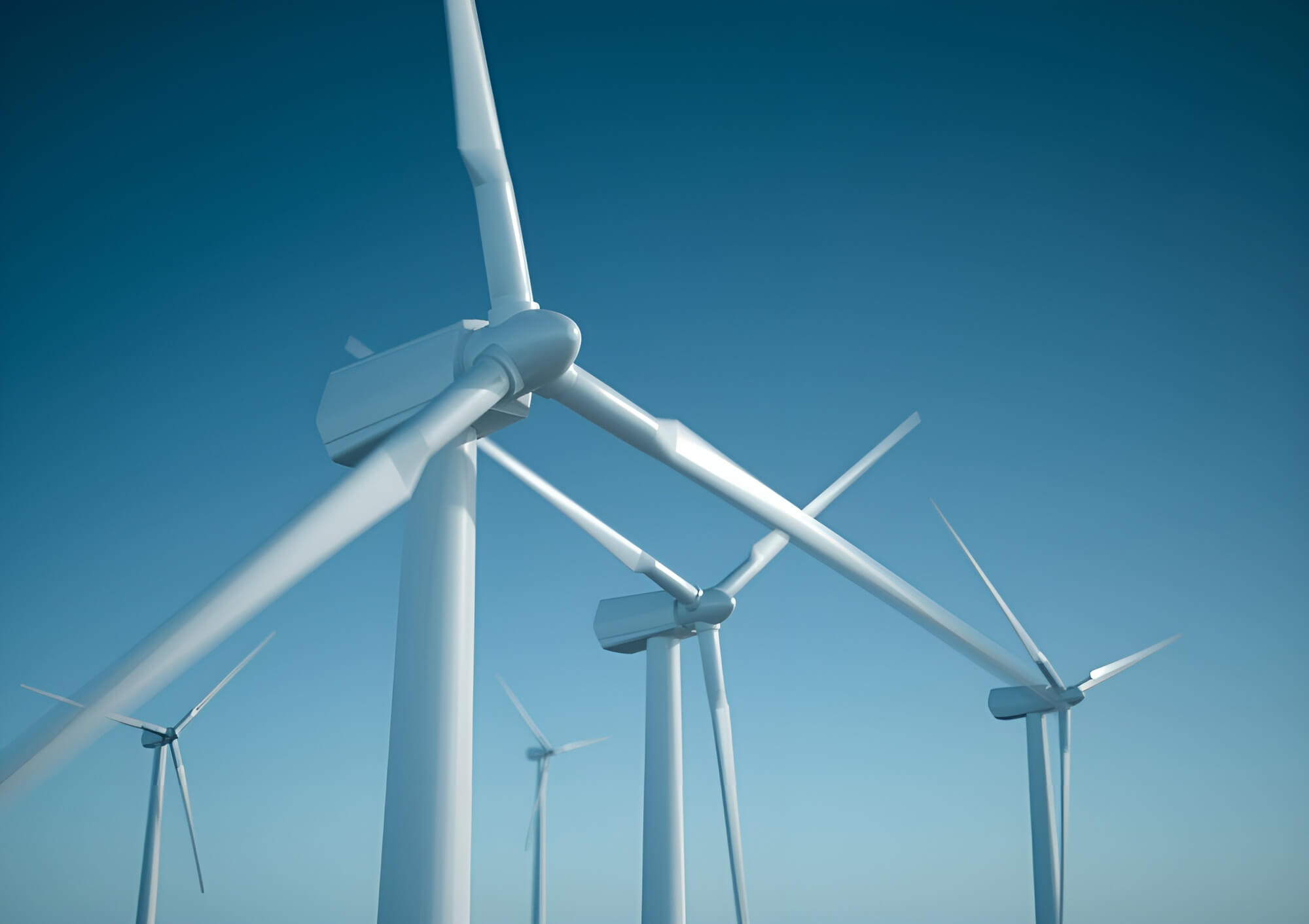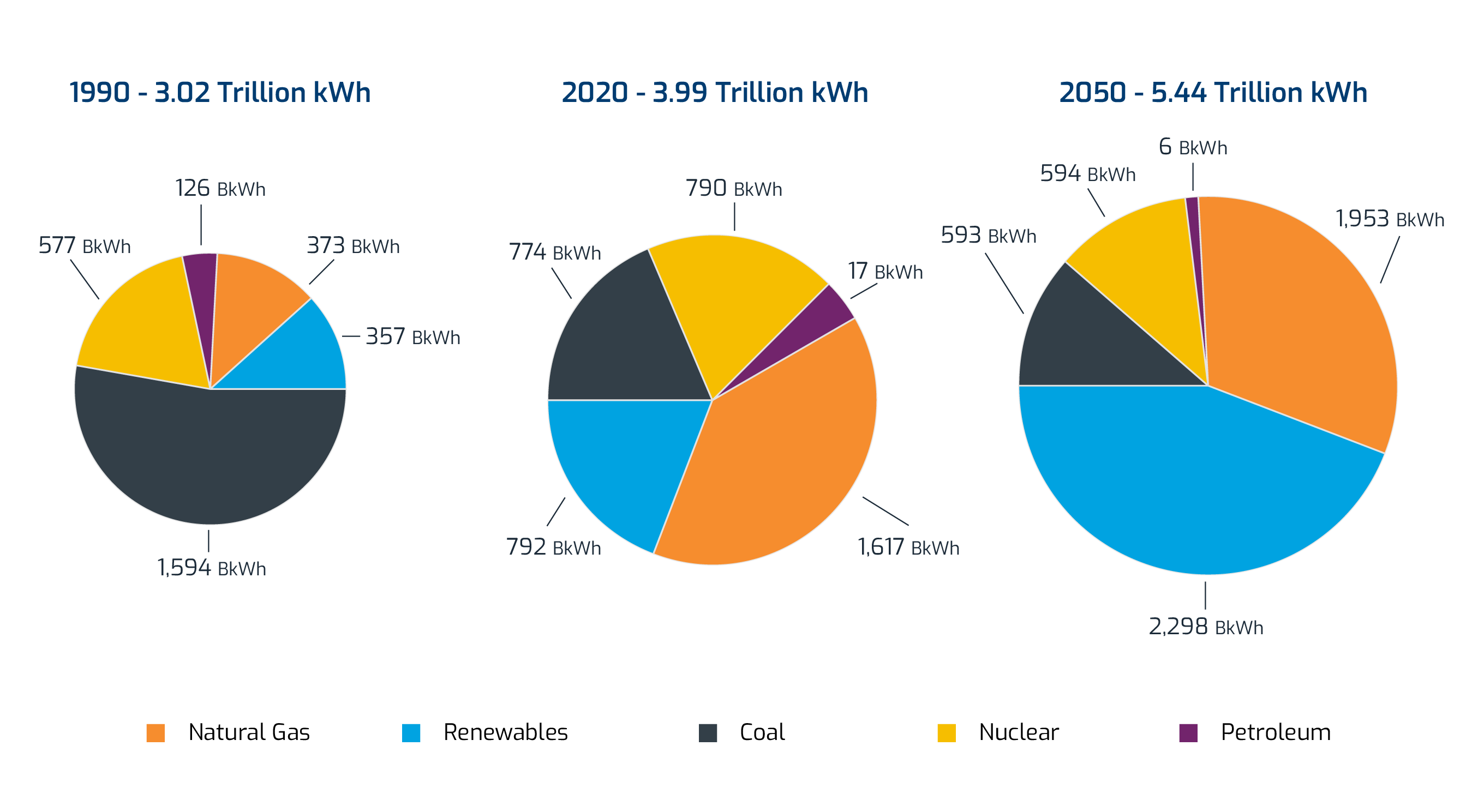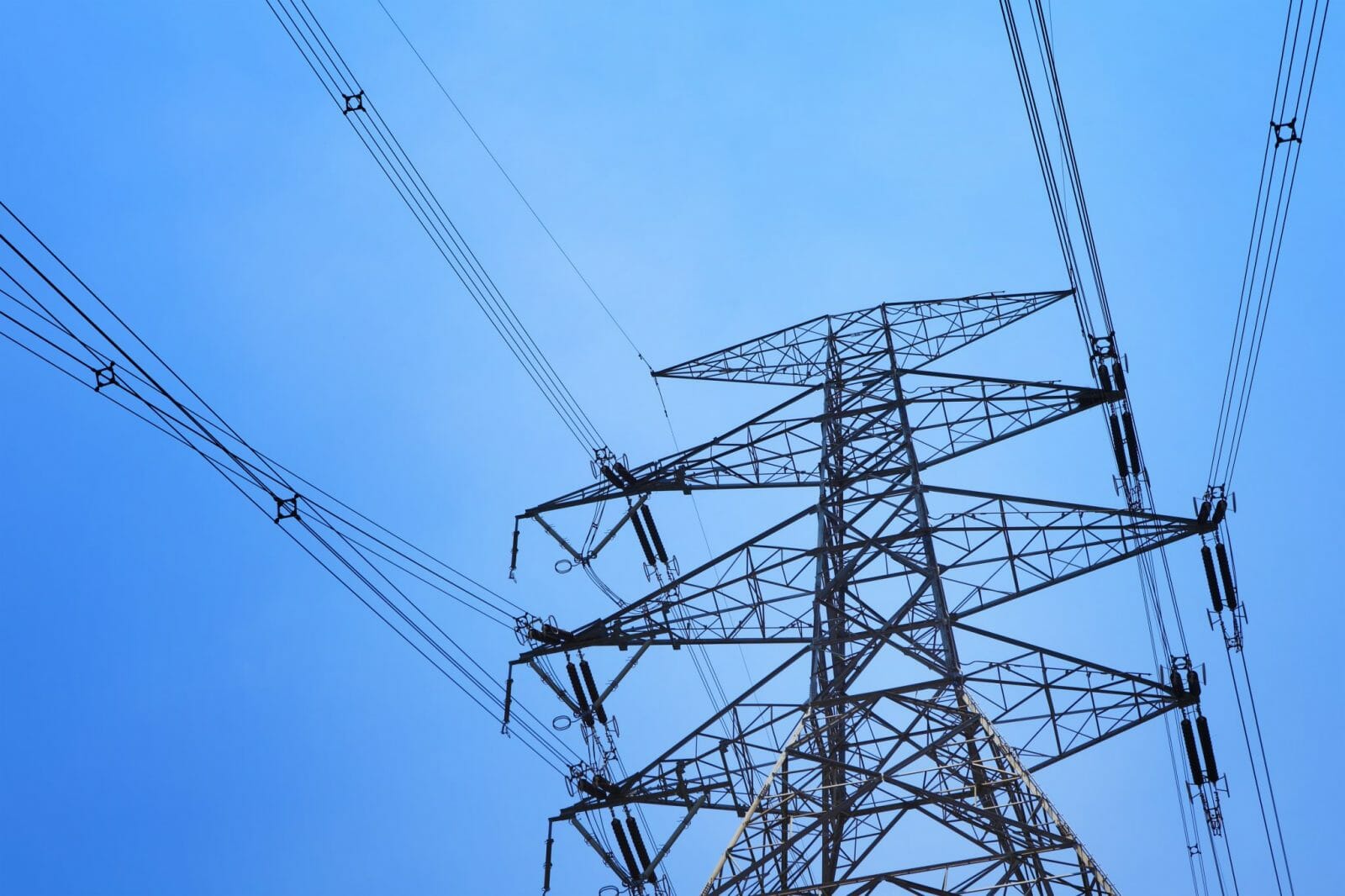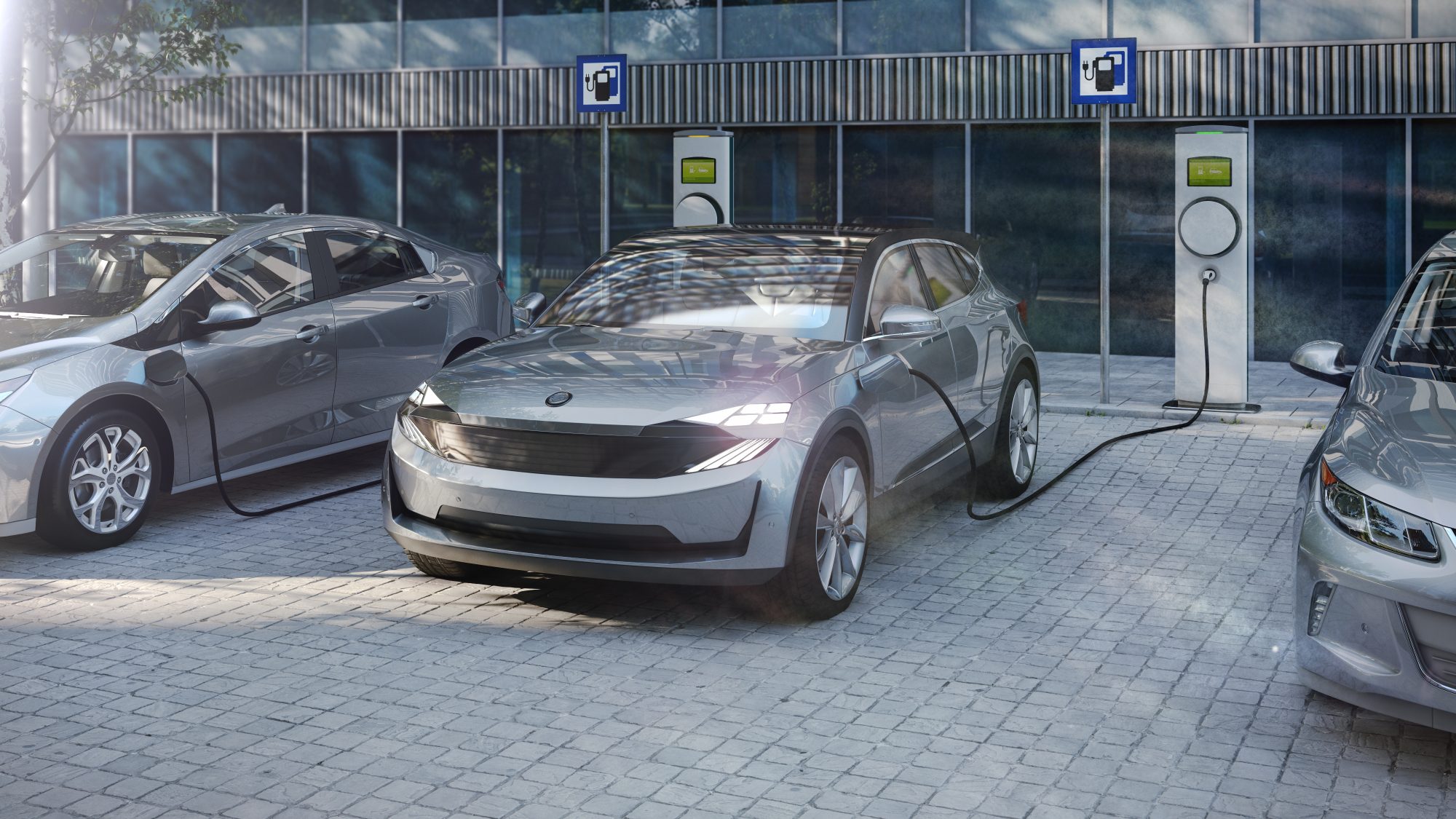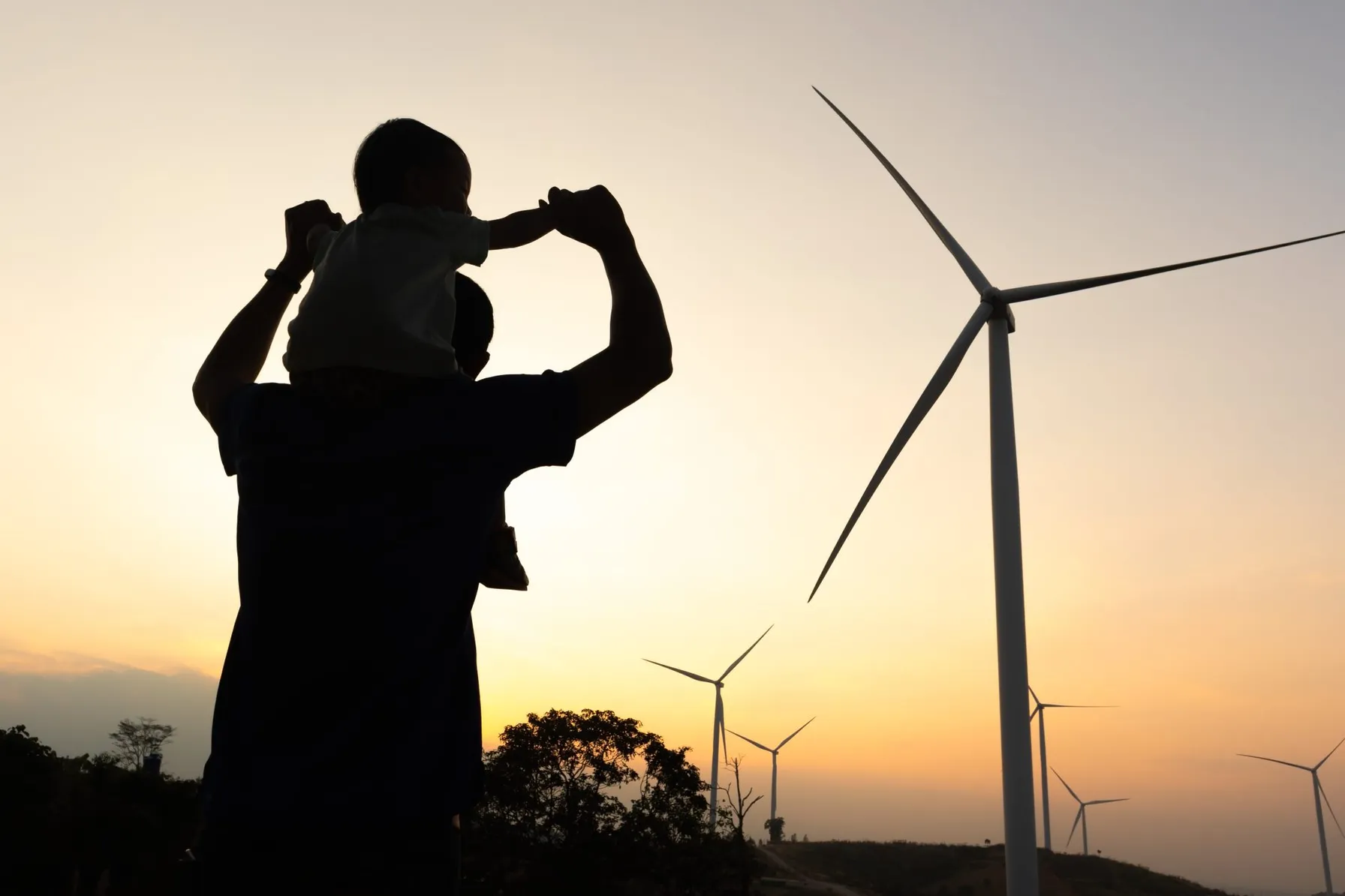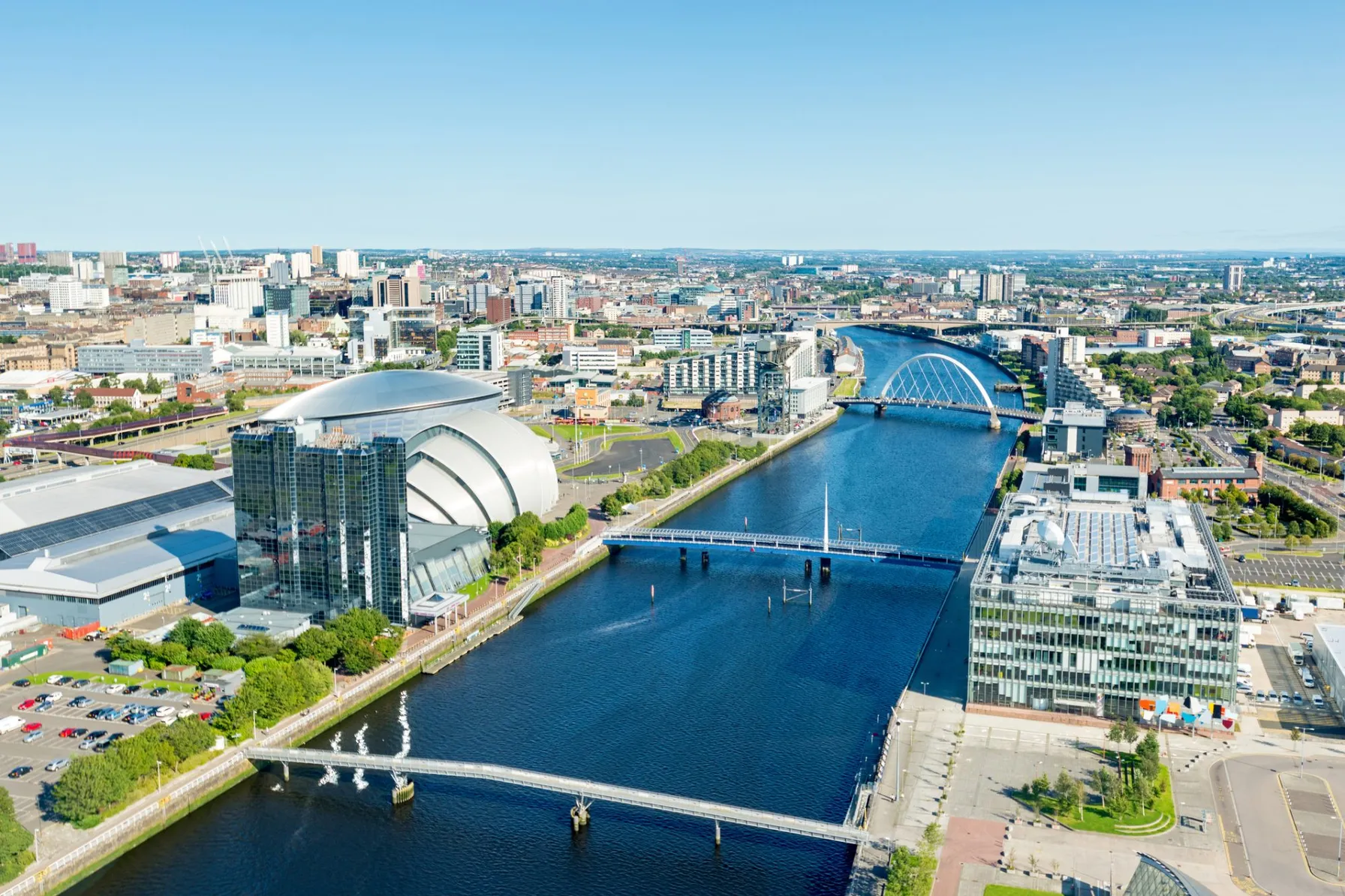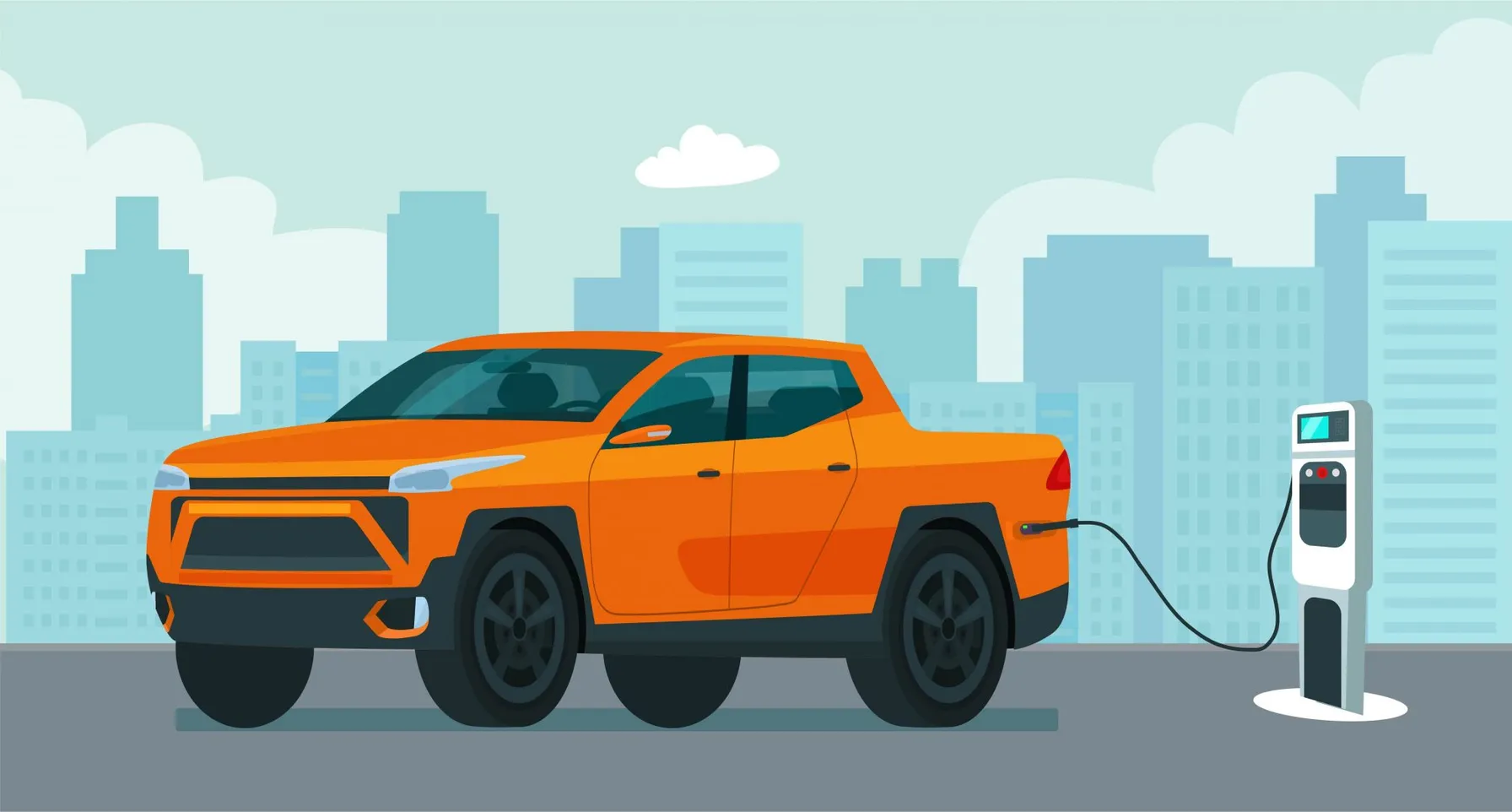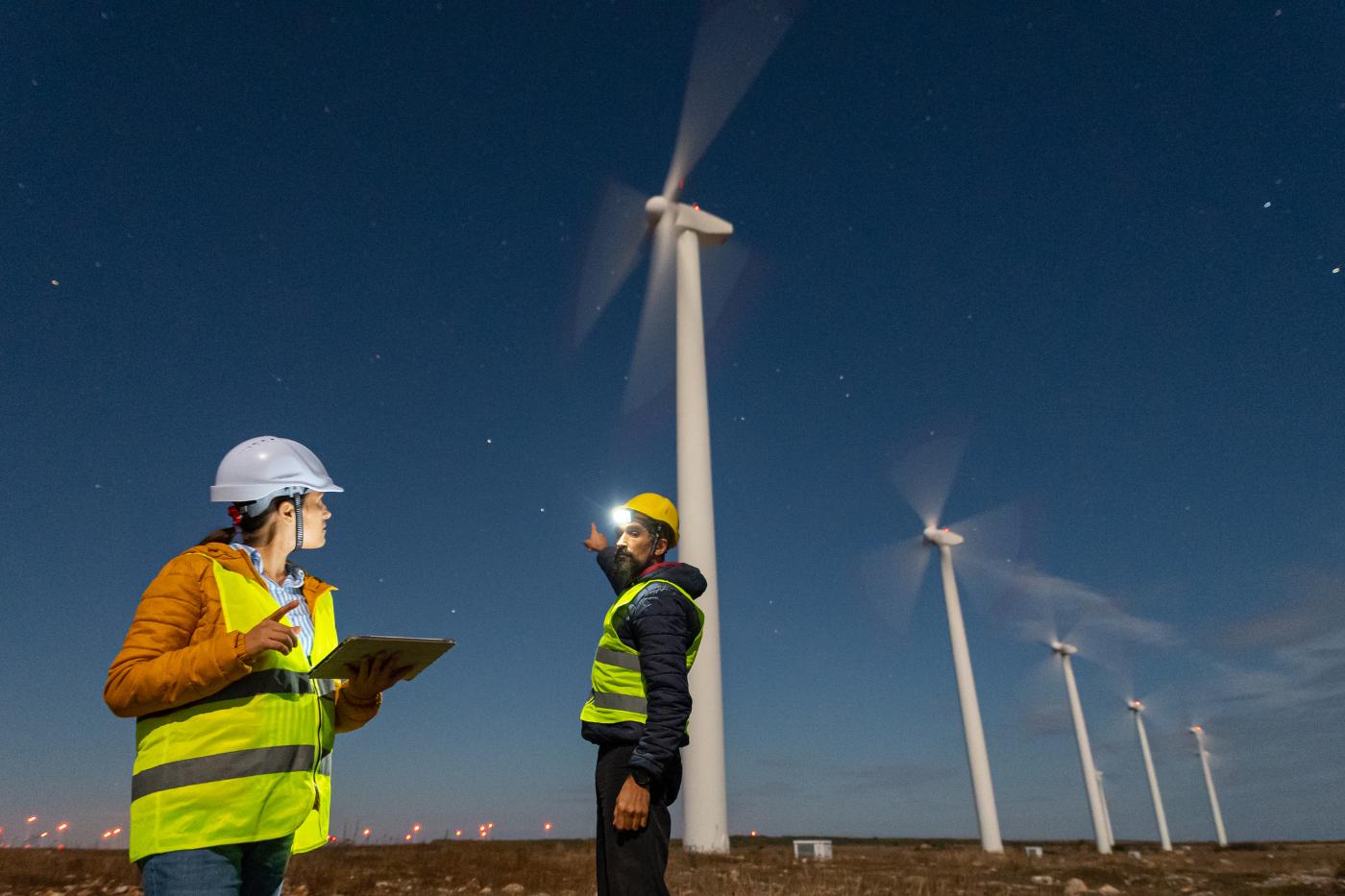The clean energy transformation is well underway, as governments, businesses, investors, and individuals across the globe focus on the promised potential. But discussions about the topic quickly reveal that not everyone has the same understanding or definition of clean energy.
What is the definition of clean energy? Is it the same thing as renewable or green energy? Is clean energy really clean? What are some of the pros and cons? Is there anything else we should consider?
In this brief article, we’ll try to set a common course to encourage a more productive dialogue with the recognition that our energy future is an ongoing conversation and not a conclusion.
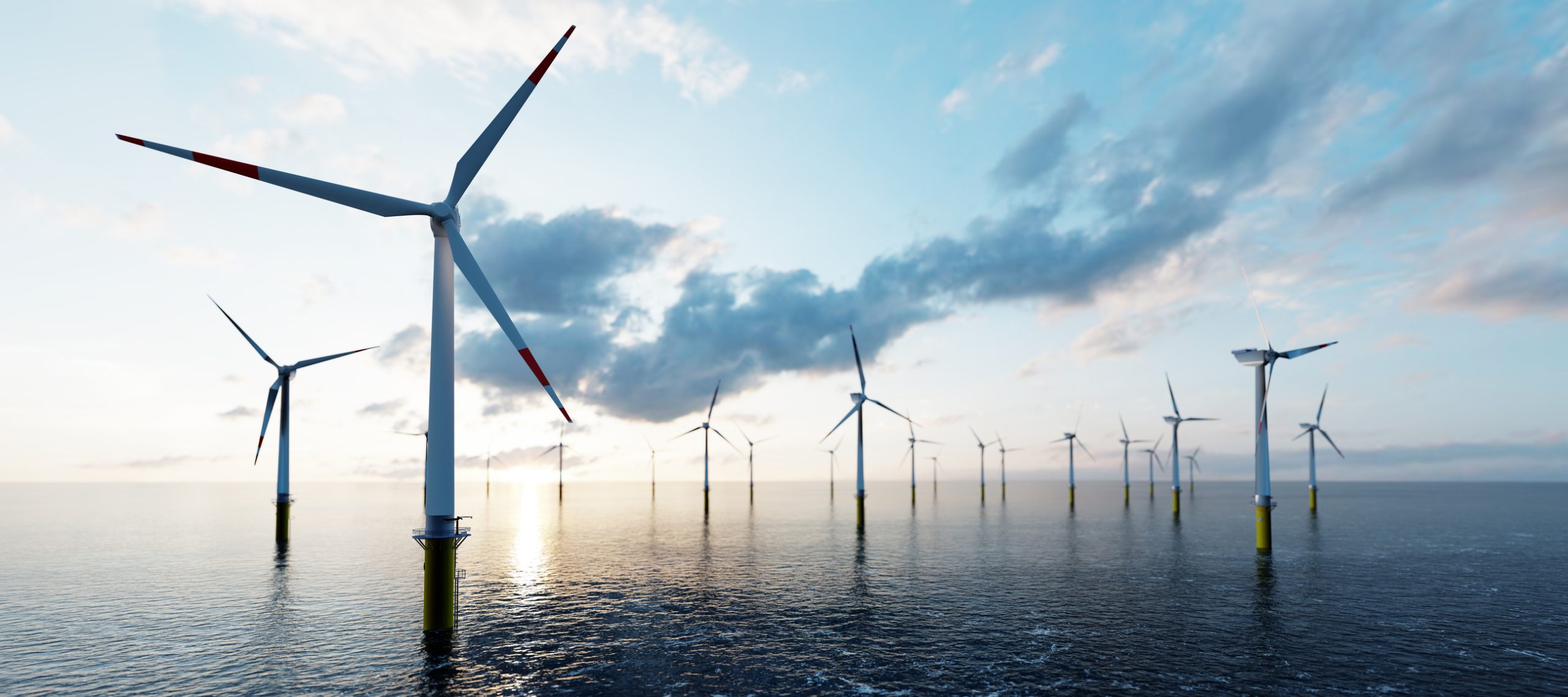
What Is Clean Energy?
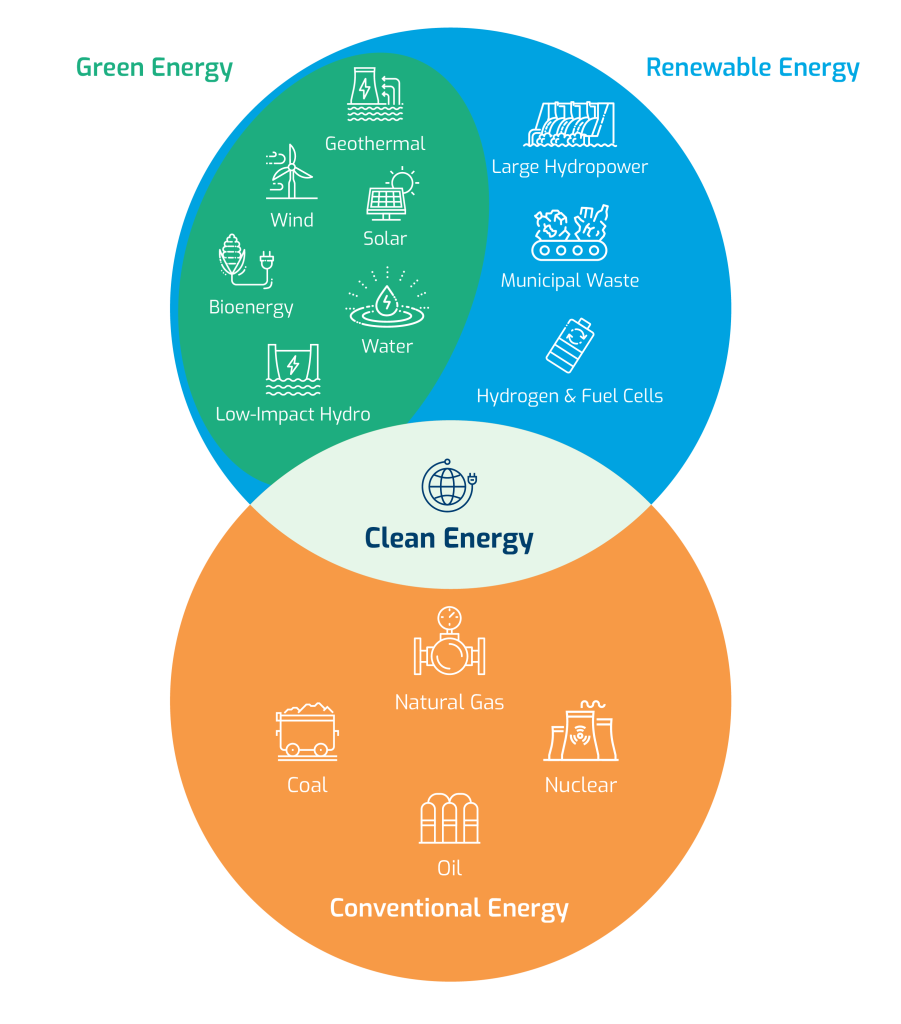
Renewable energy and green energy are not the same as clean energy, although they’re often used interchangeably. Despite substantial overlap with these terms, the creation of energy from renewable sources doesn’t always leave us with clean air and doesn’t always come from green sources, which is why these categories should remain distinct in our conversation.
Renewable energy is gained from sources that regenerate (renew) over short periods of time.
Green energy is derived from natural (green) sources like low-impact hydropower, water, bioenergy, geothermal, wind, and solar.
By most common definitions, clean energy is energy generated from sources that do not emit air pollutants. At the most basic level this means, clean energy results in clean air.
As you can see, renewable and green energy are focused on the source (fuel) that generates the energy. Clean energy is focused on the result of the energy generation. Here’s an easy way to remember the distinctions.
- Renewable Energy = Regenerative Sources
- Green Energy = Natural Sources
- Clean Energy = Clean Air
In terms of the promised potential, clean, green, renewable energy provides an essentially limitless source of power and gives us cleaner air and all the associated benefits.
This seems especially true when considering solar or wind power which the U.S. Energy Information Administration projects will make up almost 40% of U.S. electricity generation by 2050.
It sounds easy, simple, and like an all-around fantastic way to go, so what makes clean energy complicated?
Part of it comes back to how we define clean energy. Included in most definitions are energy efficiency, battery storage, electric vehicles, and micro/smart grid technology. But you might immediately wonder if things like nuclear energy, carbon capture and storage, grid modernization, hydrogen and fuel cells, or even natural gas should be included or excluded. There are good arguments for and against a broad or narrow inclusion of clean energy generation, much of it coming down to what we mean by clean. Even in this first step of establishing a definition, we can see that the topic of clean energy quickly gets complicated.
How Clean Is Clean Energy?
Whether defined broadly or strictly, the primary focus is on the power generation aspect of clean energy. Clean power generation = clean air. However, the total lifecycle of clean energy generators is equally important and complicated. One of the first steps in the lifecycle is manufacturing an appropriate power generator to harness the energy source (fuel). Wind energy needs wind turbines, solar energy needs solar panels, battery storage needs batteries, and so on.
Solar panels and battery storage require the mining of non-renewable minerals, and along with the manufacturing process, is currently emissions, energy, land, and water intensive. These are heavily dependent on fossil fuels and other emissions intensive industries, along with a host of other processes with high environmental impact. Likewise, wind turbine blades are made of carbon fiber, which consists of layers of plastics and plastic resin, which are derived from oil and natural gas products.
International and domestic transportation of the materials and the products typically rely on fossil-fuel and other emissions intensive industries. Disposal is another area of great difficulty and complication for clean energy power generators.
The composition of wind turbine blades makes all existing blades almost impossible to recycle. A 2017 University of Cambridge study estimates that wind turbine blades will account for 43 million metric tons of waste by 2050. By that same milestone, the International Renewable Energy Agency projects up to 78 million metric tons of solar panels will have reached their end-of-life. Though clean solutions are being worked on, most available disposal solutions are economically and environmentally unfavorable.
When evaluating the full lifecycle of clean energy generators, it’s not entirely clear if the net result is environmentally clean, though over the long term it could be. In short, the lifecycle of clean energy power generators is complicated.
Contact Our Renewable Energy Experts Today
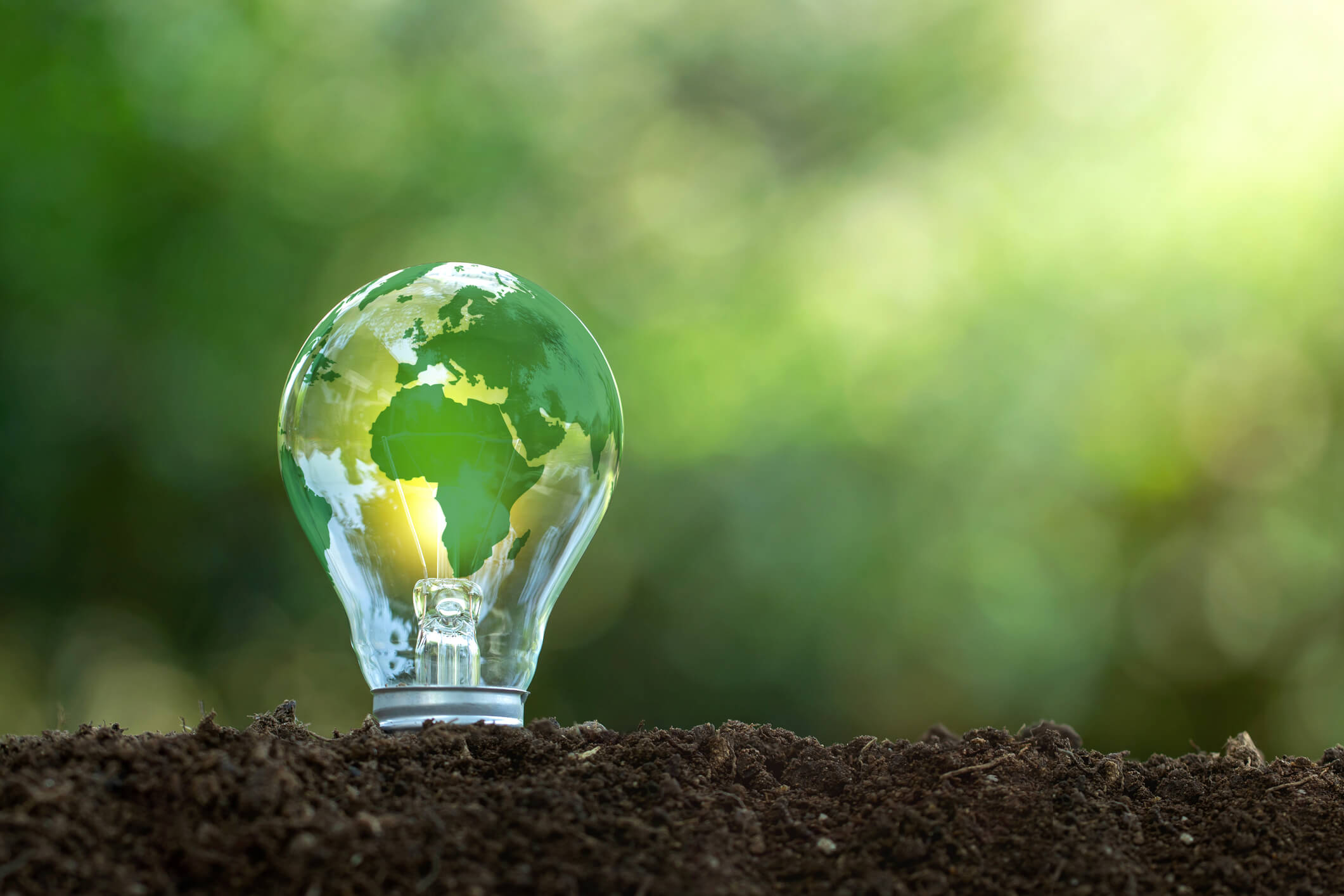
An Ongoing Conversation
For good and bad, clean energy has achieved buzzword status. Everyone has heard the term and almost everyone has a strong opinion about it. This tends to obscure objective evaluation of the entire lifecycle and hinder productive conversations about the energy transition. In truth, clean energy is a broad term with a fluctuating definition and a complicated lifecycle. With all of that comes challenges and opportunities. In this brief article we can’t possibly sort through all the issues and potential of clean energy; however, we hope this provides some fuel for thought and deepens those ongoing conversations as we all work toward a common goal of a cleaner energy future.

